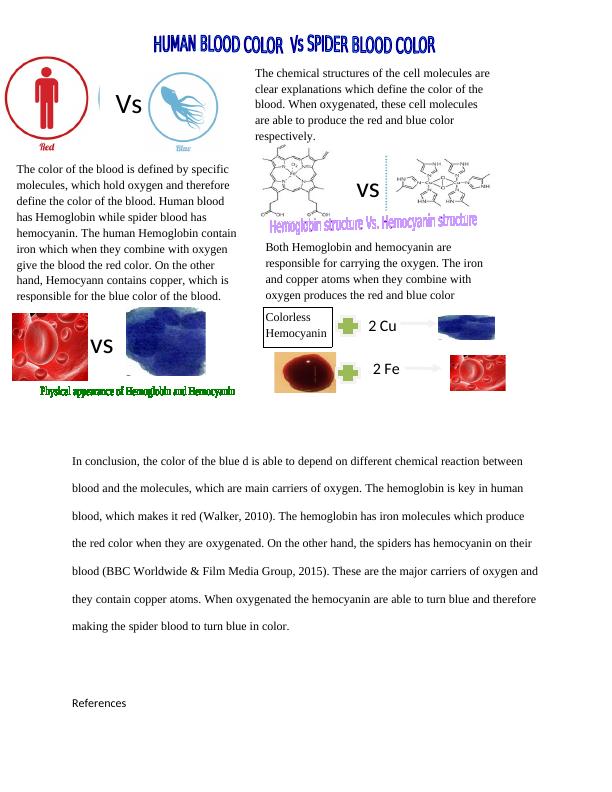Ask a question from expert
The Chemical Structures of the Cell Molecules
2 Pages350 Words318 Views
Added on 2020-04-15
The Chemical Structures of the Cell Molecules
Added on 2020-04-15
BookmarkShareRelated Documents
End of preview
Want to access all the pages? Upload your documents or become a member.
Biological Cells: Red Blood Cell, Plant Palisade Layer, Neisseria Gonorrhea, and Epithelial Cell of Small Intestine
|8
|1219
|212
Different Parts of Blood and Fractures: A Comprehensive Overview
|6
|1587
|488
